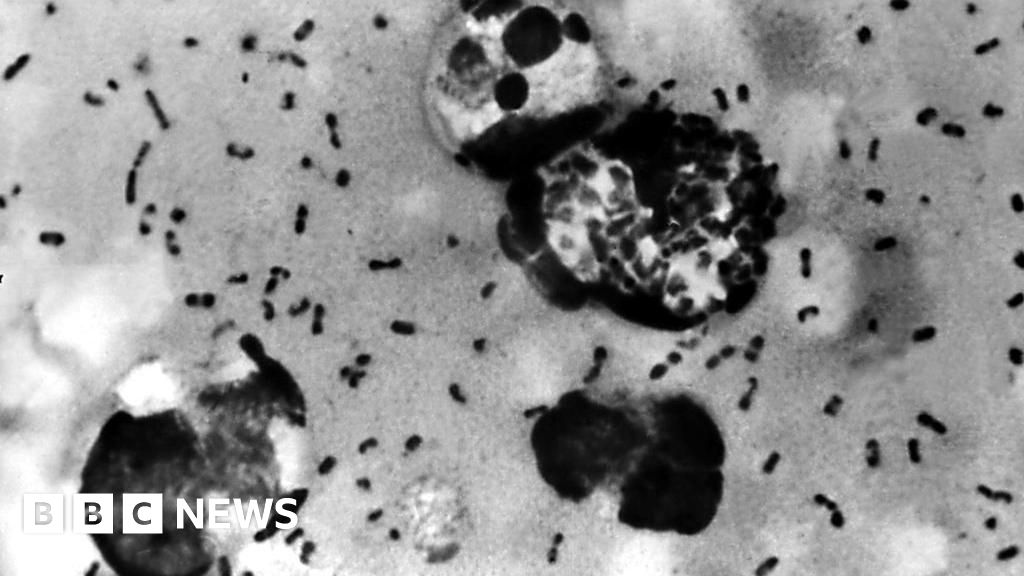Pneumonic Plague Death in Arizona Raises Public Health Concerns
In a concerning development, health officials in Arizona confirmed that a resident has died from pneumonic plague, marking the first recorded death from this disease in Coconino County since 2007. The implications of this case extend beyond individual tragedy, prompting a broader discussion about public health, disease awareness, and safety measures.
Historical Context of the Plague
Pneumonic plague is one of the three forms of plague caused by the Yersinia pestis bacterium. Historically, it evokes chilling memories of the "Black Death," which swept across Europe in the 14th century and decimated about half of the continent’s population. While plague may seem like a relic of the past, it is essential to recognize its continued presence, particularly in certain regions of the United States, where an average of seven human cases are reported annually according to the Centers for Disease Control and Prevention (CDC).
Understanding Pneumonic Plague
Pneumonic plague is the most severe form of the disease and primarily affects the lungs. Unlike its bubonic counterpart, which usually manifests through flea bites leading to swollen lymph nodes, pneumonic plague can develop from untreated bubonic or septicemic plagues, spreading bacteria to the lungs and resulting in severe respiratory symptoms. This form of the disease is notably rare, but it carries significant health risks.
Symptoms typically appear within two to eight days post-exposure and can include high fever, chills, severe headache, difficulty breathing, and a productive cough that may emit blood. Timely diagnosis and treatment are crucial, as antibiotics can effectively combat the infection if administered promptly.
Recent Case in Coconino County
The recent death in Coconino County, although tragic, is statistically rare, underscoring the low risk of exposure to the general public. The Coconino County government has reassured residents that while this case raises awareness, the overall danger remains minimal. The circumstances surrounding the death are still under investigation; reports indicate that previous cases in the county involved interactions with infected wildlife or dead animals.
Patrice Horstman, Chair of the Coconino County Board of Supervisors, expressed condolences for the deceased’s family, emphasizing the community’s support during this difficult time. The county’s health officials continue to monitor the situation closely, ensuring that preventive measures are in place.
Prevention and Public Health Recommendations
Preventative measures remain essential in mitigating the risk of plague transmission. Residents are urged to adopt several safety strategies, including:
- Using insect repellent: A DEET-based repellent can guard against flea bites, a common transmission route for the bubonic plague.
- Avoiding contact with wildlife: Steer clear of dead animals or materials, as these may harbor the plague bacteria.
- Observing hygiene: Maintaining cleanliness and avoiding crowded places where cases have been reported can significantly lower the risk of respiratory infections.
Is Plague a Concern in Other Regions?
It’s noteworthy that plague is no longer found in many regions, including the UK, where authorities assert that the likelihood of imported cases is exceedingly low. Despite this, vigilance remains essential, especially in areas where plague is endemic.
In summary, the confirmation of a pneumonic plague death in Arizona serves as a stark reminder of the historical and potential resurgence of this disease. Through a combination of public health measures, education, and community support, risks can be minimized, ensuring that residents remain safe and informed.


